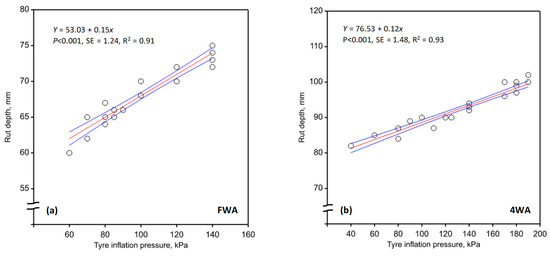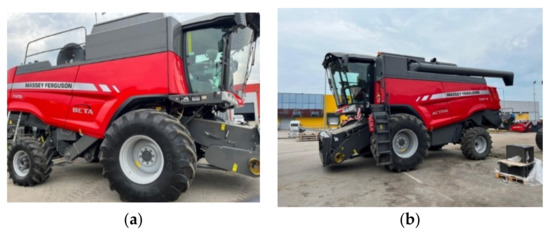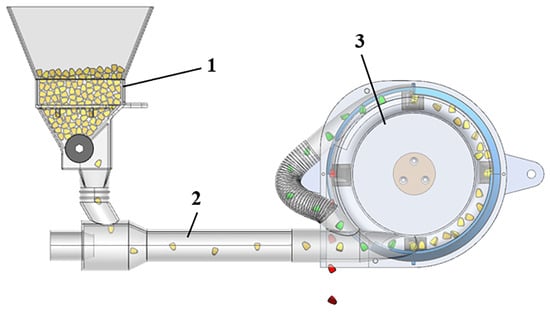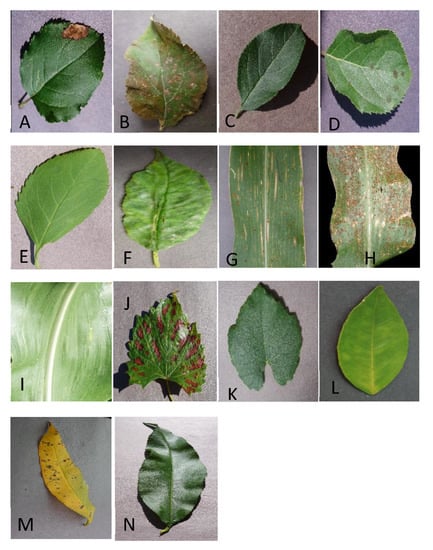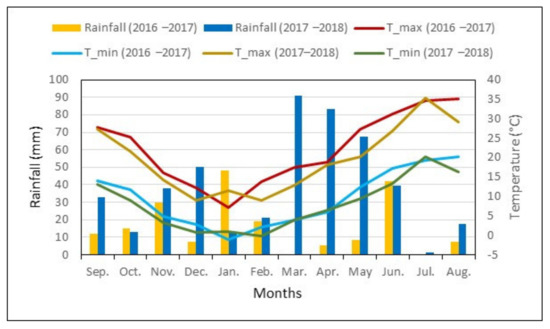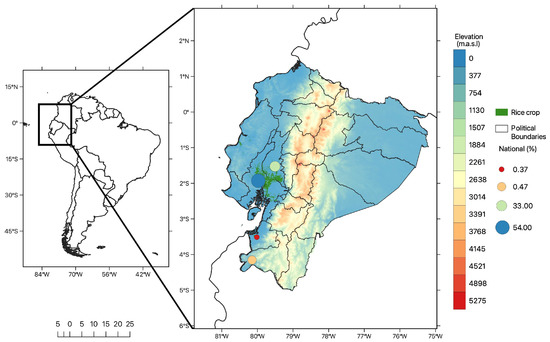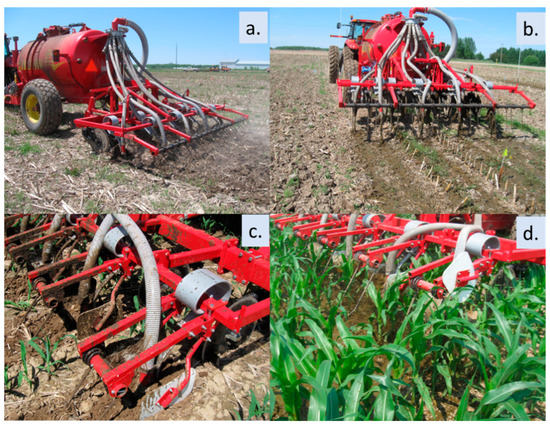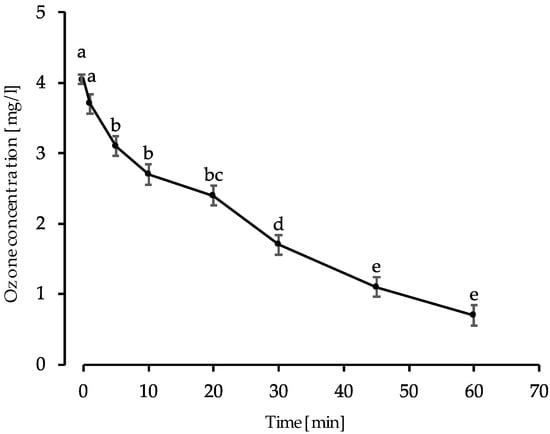Agriculture 2022, 12(11), 1801; https://doi.org/10.3390/agriculture12111801 - 29 Oct 2022
Cited by 16 | Viewed by 3299
Abstract
Modern techniques that enable high-precision and rapid identification/elimination of wheat seeds infected by Fusarium head blight (FHB) can help to prevent human and animal health risks while improving agricultural sustainability. Robust pattern-recognition methods, such as deep learning, can achieve higher precision in detecting
[...] Read more.
Modern techniques that enable high-precision and rapid identification/elimination of wheat seeds infected by Fusarium head blight (FHB) can help to prevent human and animal health risks while improving agricultural sustainability. Robust pattern-recognition methods, such as deep learning, can achieve higher precision in detecting infected seeds using more accessible solutions, such as ordinary RGB cameras. This study used different deep-learning approaches based on RGB images, combining hyperparameter optimization, and fine-tuning strategies with different pretrained convolutional neural networks (convnets) to discriminate wheat seeds of the TBIO Toruk cultivar infected by FHB. The models achieved an accuracy of 97% using a low-complexity design architecture with hyperparameter optimization and 99% accuracy in detecting FHB in seeds. These findings suggest the potential of low-cost imaging technology and deep-learning models for the accurate classification of wheat seeds infected by FHB. However, FHB symptoms are genotype-dependent, and therefore the accuracy of the detection method may vary depending on phenotypic variations among wheat cultivars.
Full article
(This article belongs to the Special Issue Recent Advances in Modern Seed Technology)
►
Show Figures


